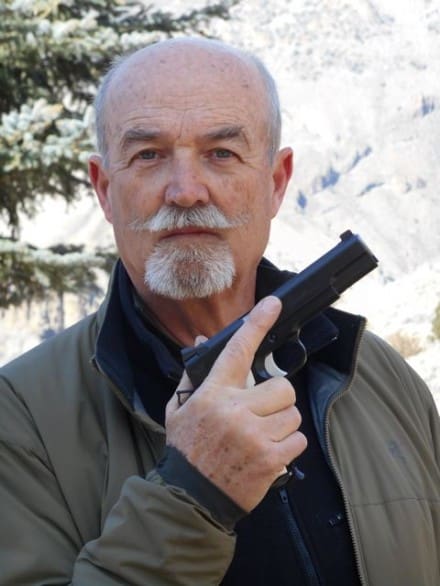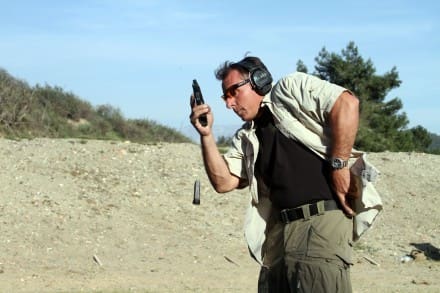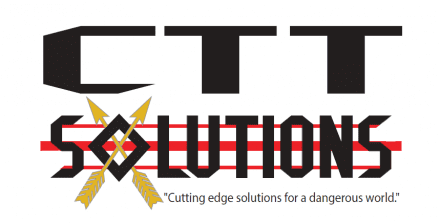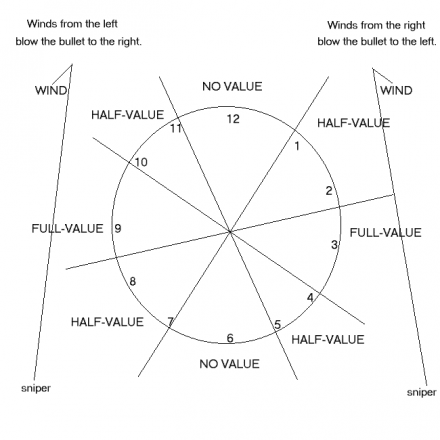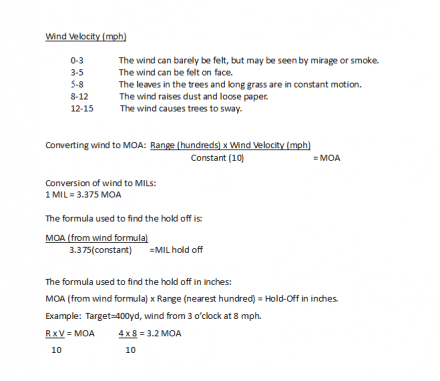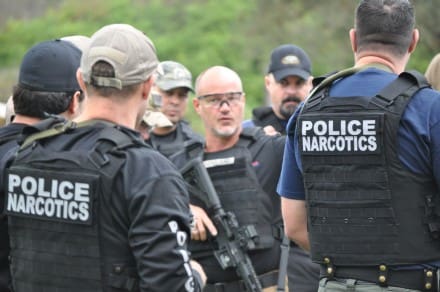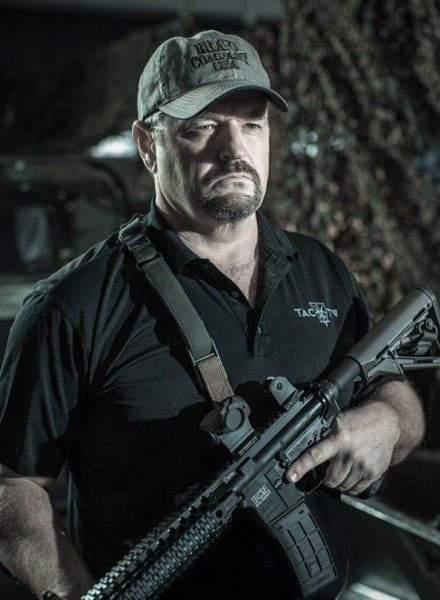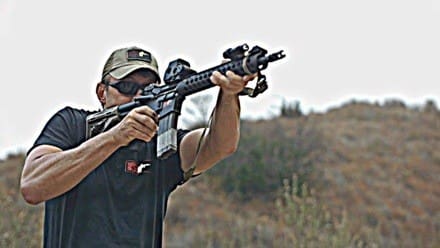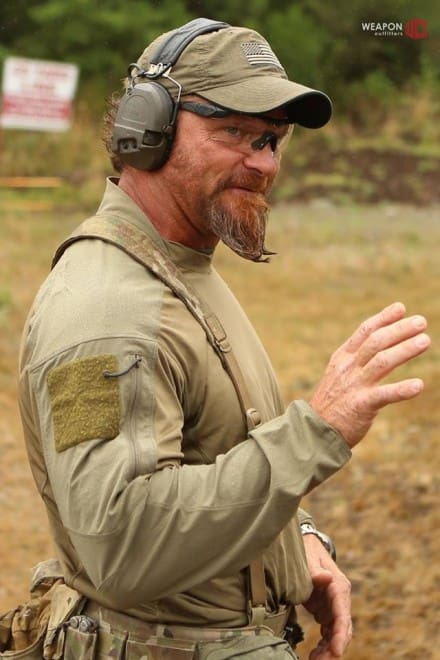The training market is flooded with instructors that all want you to give them your money so they can make you into a ninja warrior. The guy in your community that was a NRA instructor last year has bought himself a set of 5.11 clothes (ninja black hopefully), a drop leg holster for his blaster, and added 13 items to his economy priced AR. Now, he is the local ‘tactical shooting instructor’. Like most things in life you get what you pay for. In most case’s it is a matter of in the land of the blind, the one eyed man is king.
If you plan to invest your money wisely, do some research on the instructor. Does he have a reputation for giving his students their money’s worth? Keep in mind that nearly all the shooting instructors have a specialty based upon their life experiences be it Law Enforcement, Military, or competition backgrounds.
It is your job to determine if the specialty that they provide meets your expectations or learning requirements. One of the most commonly encountered things that happens in my business is questions concerning another trainers range rules or individual class requirements. The question is ,why do I teach something different than instructor A or B? In reality, we all have differences in our instruction, it doesn’t mean any of us are wrong, we just have different approaches to solving the problem.
I advise most students that take my or anyone class with the attitude that you take away those things that you like or think you can use. Anything you get from the instructor that you don’t agree with or dislike, simply push the delete button. Select the guy you want to give your money to based upon his reputation to deliver the information you are looking for, his ability to explain and justify his teaching methods, and most important his ability to correct or improve your performance.
Go to training with an open mind and positive attitude. Pay attention, show up prepared, be ready to come to the line when called, and work hard to not be ‘that guy’.
-Ken Hackathorn
Ken Hackathorn has served as a US Army Special Forces Small Arms Instructor, Gunsite Instructor, and NRA Police Firearms Instructor. He is currently an FBI Certified Firearms Instructor, Certified Deputy Sheriff with Washington County SO, Ohio, and a SRT member and Special Response Team trainer. Ken has trained US Military Special Operations forces, Marine FAST and SOTG units and is a contract small arms trainer to FBI SWAT and HRT.
Ken has provided training to Federal, State, and local law enforcement agencies and been active in small arms training for the past 25 years. He has written firearms related material for Guns & Ammo, Combat Handguns, Soldier Of Fortune, and currently American Handgunner and contributed to at least six other gun/shooting journals. Ken was also a founding member of IPSC and IDPA.
To see Ken’s Training Class Schedule visit aliastraining.com.
Gunfighter Moment is a weekly feature brought to you by Alias Training & Security Services. Each week Alias brings us a different Trainer and in turn they offer SSD readers hard earned words of wisdom.


